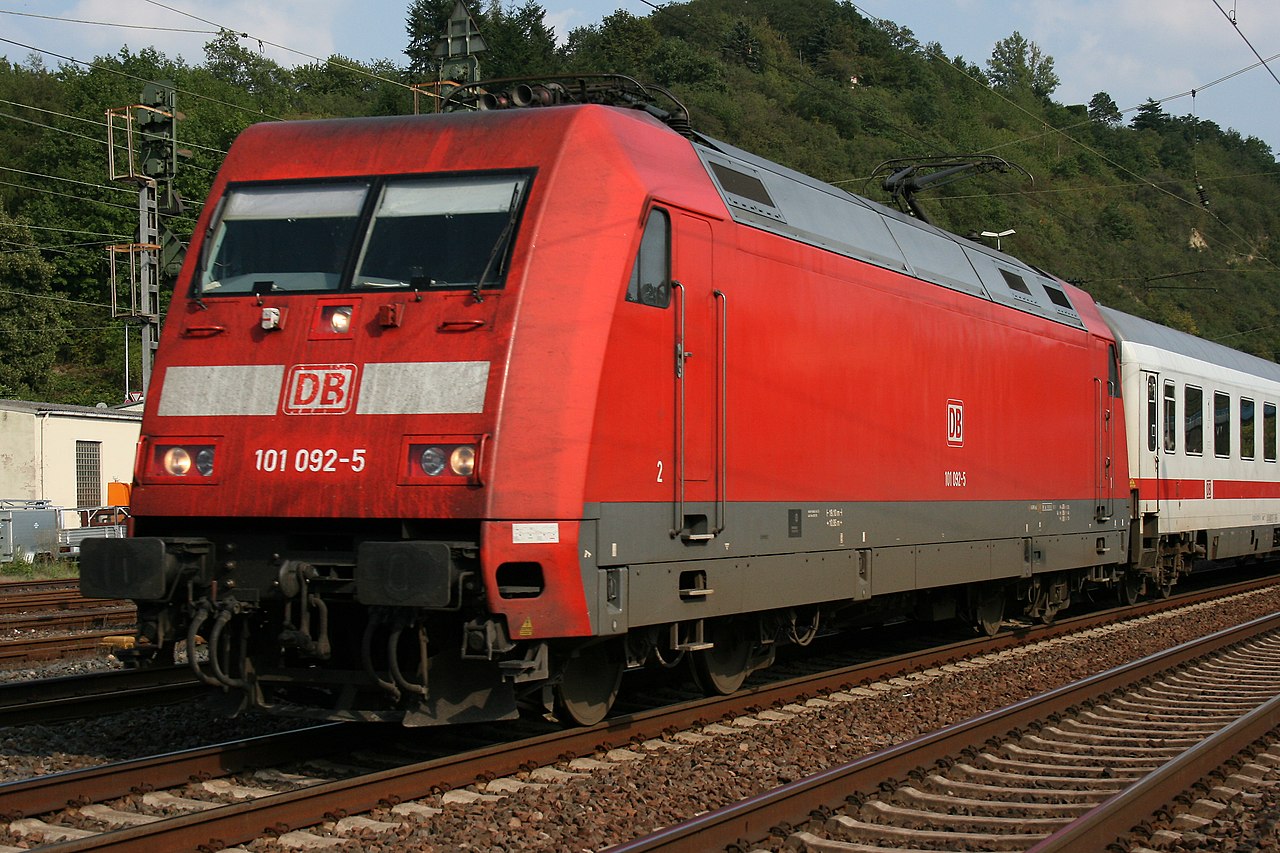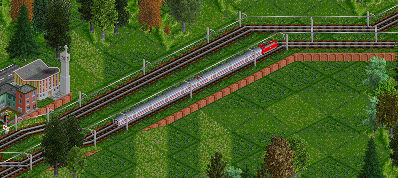Description
Even the most beautiful electric engine of Germany - meaning class 103 - had to be replaced eventually. The replacement came in the form of this type, the class 101. During the late 1990s about 150 units were built, replacing the old and worn out engines of class 103 in heavy express train services. There were also some express freight train runs during the night, when they were not needed for passenger transportation.
Due to the flat sides of the engine and the long distance runs throughout Germany, these engines saw usage for advertising, foliage being added to the sides of the engines. This was mainly greeted by train photographers as it introduced highlights to be hunted, whereas the standard generic red engines made for very boring photographic experiences.
By now, usage of the type is already declining, the first units being retired in 2020, as the express passenger services are shifted more towards ICE trainsor double-deck EMUs. The complete retirement of the type is to be expected by 2025.
As in reality, this engine is the prime candidate for fast long-distance passenger services, replacing the older class 103. It can also be used for fast freight trains, transporting containers or goods for example.
Images and Screenshots

(© Thomas Wolf, www.foto-tw.de / CC-BY-SA-3.0 via Wikimedia Commons)
A BR 101 in their most common usage: hauling an Intercity train

A BR 101 with an Intercity in most recent livery, painted similar to the high speed ICE trains.
Technical Data
| Name | BR 101 |
|---|---|
| Built | 1996- |
| Power | 8700 hp |
| Tractive effort | 300 kN |
| Speed | 138 mph |
| Usage | fast trains, freight trains |
| Type of terrain | everywhere |
Load table
| Speed | train weight |
|---|---|
| 137 mph | 1000t |
| 100 mph | 2650t |
| 88 mph | 3750t |
| 75 mph | 4000t |
| 62 mph | > 4000t |
| 50 mph | > 4000t |
The values in the table are valid for a flat track.
Links
| Wikipedia | RailfanEurope |
